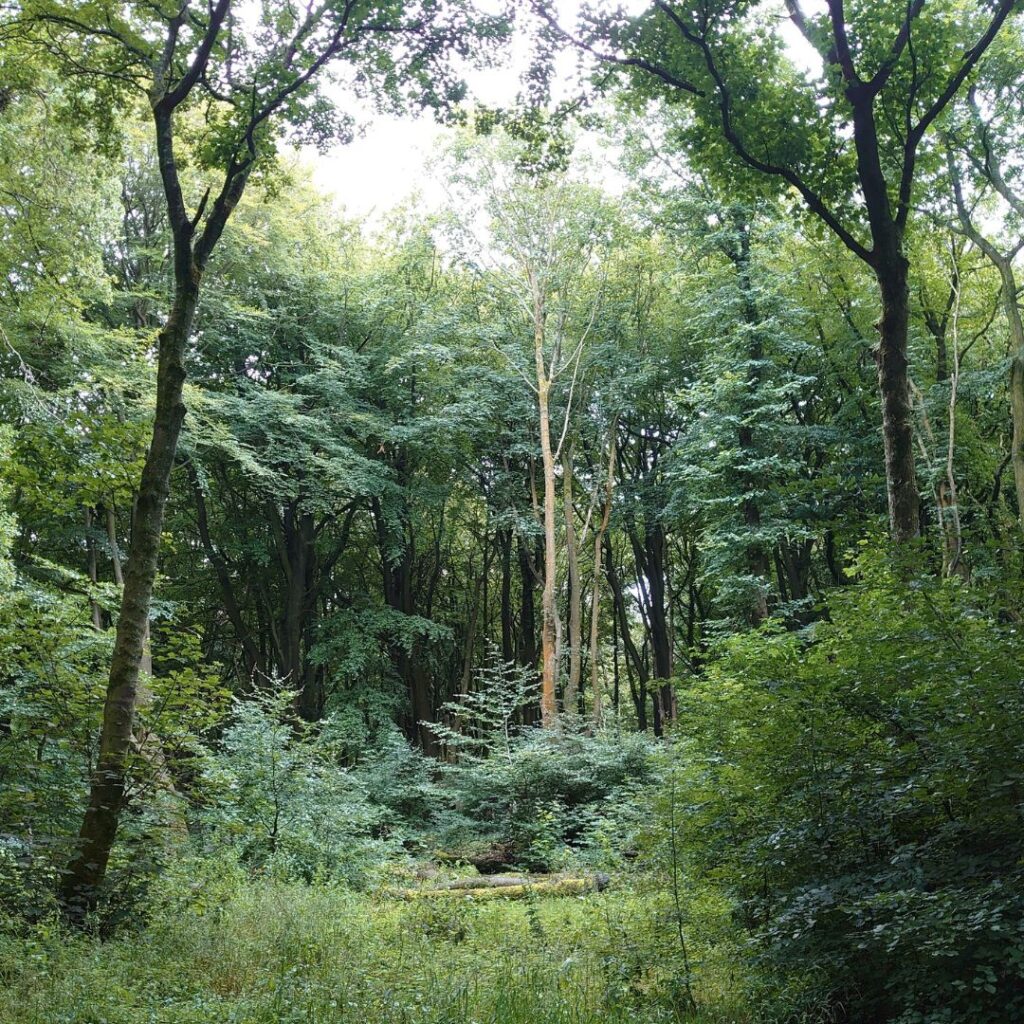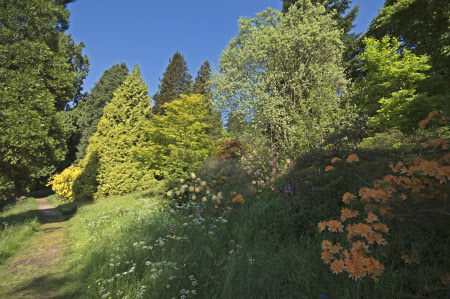What wildlife-rich looks like:
Wildlife-rich broadleaved woodlands are all about variety, both in woodlands and between them. They include trees of different species and ages, light and shade, lots of standing and fallen deadwood, leaf litter, open sunny flower-rich areas in the woods and areas of dense scrub, wetlands and streams on their edges.


